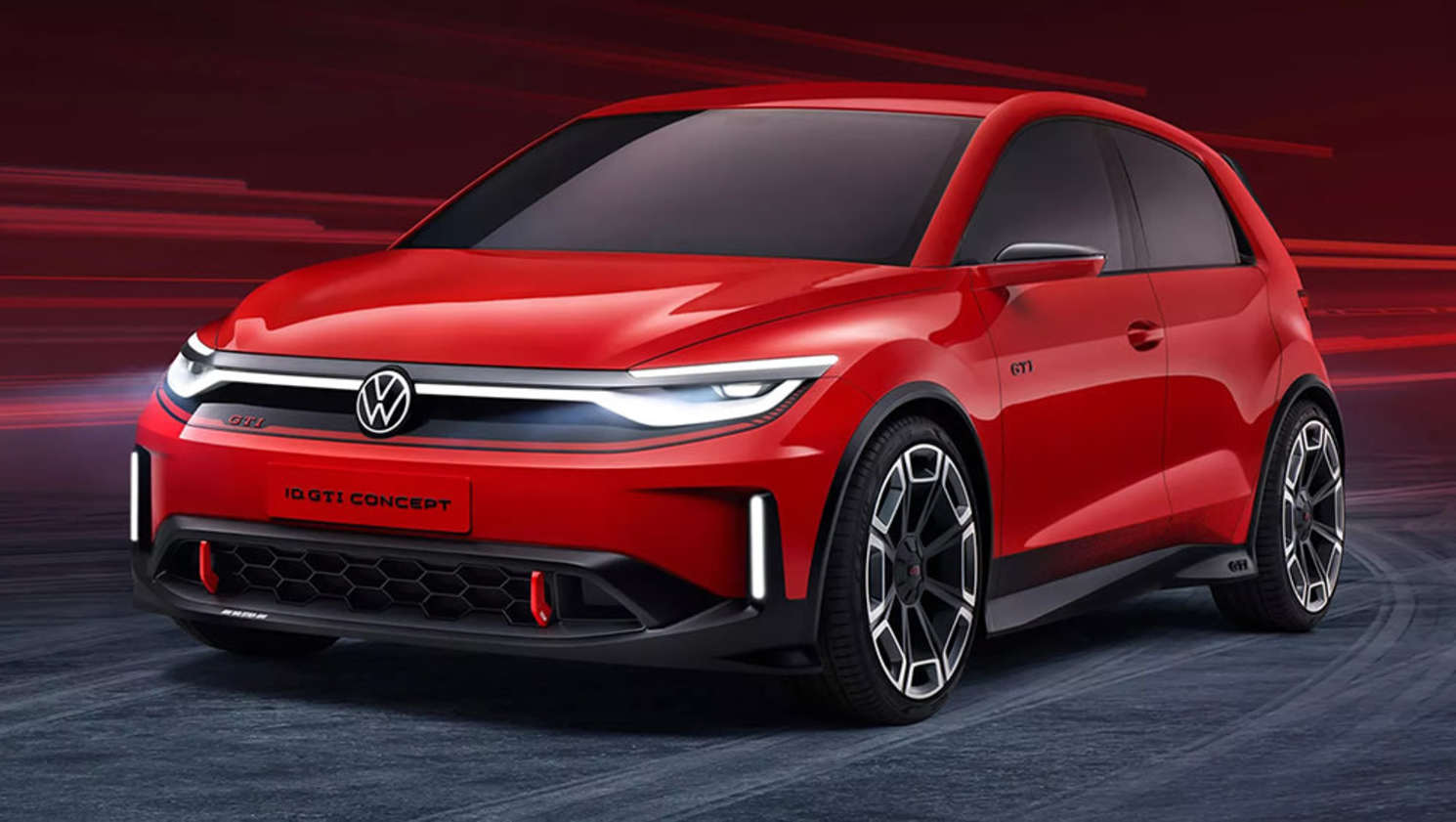An electric Volkswagen Golf GTI is in the works and the brand’s CEO, Thomas Schäfer, couldn’t be any more excited.
Speaking to UK-based Auto Express, Schäfer confirmed a timeframe and some powertrain details for the GTI EV, which will be sold alongside the current petrol version as the line-up transitions to electric power.
“At the end of the decade we will bring an electric Golf [GTI], and that will be a monster car,” said Schäfer.
“I'm very happy with the progress. It's cool. You can make it exciting, it has to be exciting, it has to be authentic. If we bring a GTI, it has to be a [true] GTI.”
In abiding by its petrol heritage, it has been confirmed that the electric GTI will maintain a front-wheel-drive configuration, though exact power and torque outputs remain unconfirmed.
Looking at its closest electric sibling – the ID.3 GTX – might give us a hint, though. It packs a 240kW electric motor strapped to the rear axle, which already exceeds the current GTI by 45kW.
Prior to the Golf GTI EV’s launch, Volkswagen will release the ID.2 GTI next year, which has already been revealed in concept guise.
Schäfer admitted to Auto Express he has already test driven some prototypes around a race track, which he was rather impressed by.
“We’ve driven a few prototypes on the new set-up, and it's mind-blowing. What about the sound? What about the total feel, the handling and so on. It can be done,” said Schäfer.
It’s unclear whether Schäfer’s reference to sound means the ID.2 GTI will emulate the Hyundai Ioniq 5 N with artificial gear shifts and engine noises, or take a similar approach to the VW-developed Porsche Taycan that amplifies the natural sound of its EV powertrains.
Unlike the ID.2 GTI, the future Golf GTI won’t be underpinned by VW’s MEB platform, which currently underpins all its ID models, including some Audi, Cupra and Skoda EVs.
Rather, the ID.2 GTI will be one of the first cars to utilise the brand’s new 800-volt SSP platform developed in collaboration with Rivian.
Technical specs are sparse at the moment, although Rivian is said to be doing a big chunk of the groundwork, which will involve reducing the number of processors to make the platform as lightweight as possible, thus improving range.
Sophisticated over-the-air (OTA) updates will also allow for futuristic controls over the car’s underpinnings. Rivian has previously used OTA updates to amend the suspension on its Gen 1 and Gen 2 R1T vehicles to deliver improved ride quality and handling.
The platform is set to be spearheaded by the ID.EVERY1, which will arrive in Europe in 2027 as an electric successor to the iconic Up!
It is more likely to arrive in Australia by 2028, with the future Golf EV range poised to launch by 2029.





.jpg)


.jpg)
.jpg)
.jpg)

.jpg)

.jpg)




.jpg)
.jpg)




.jpg)

.jpg)
.jpg)



.jpg)